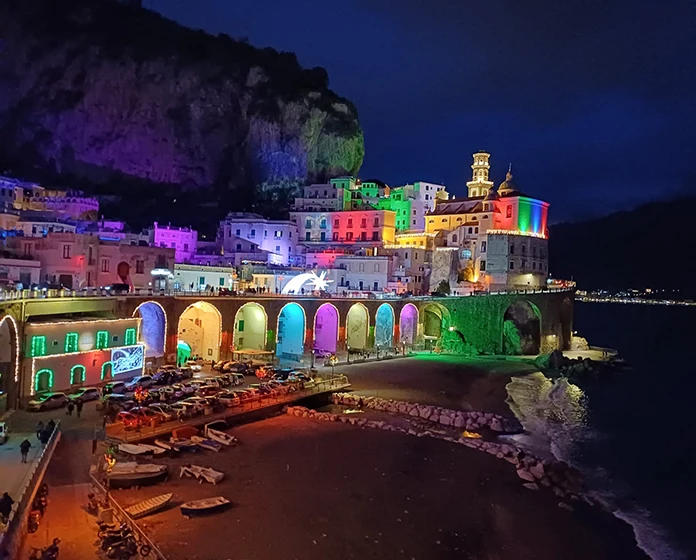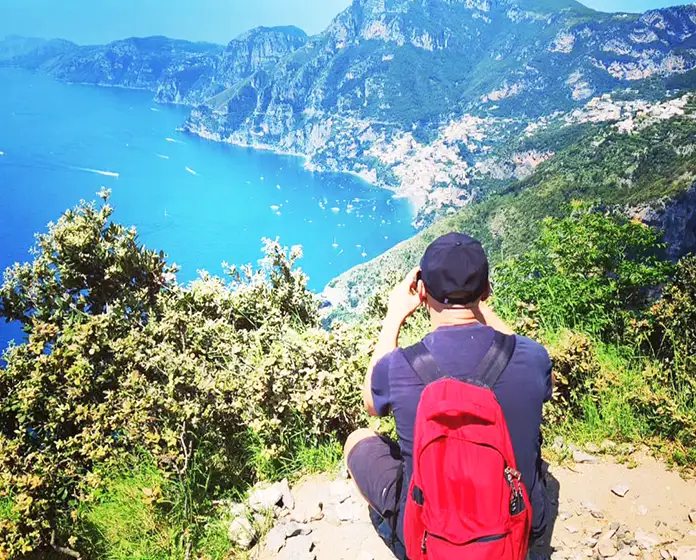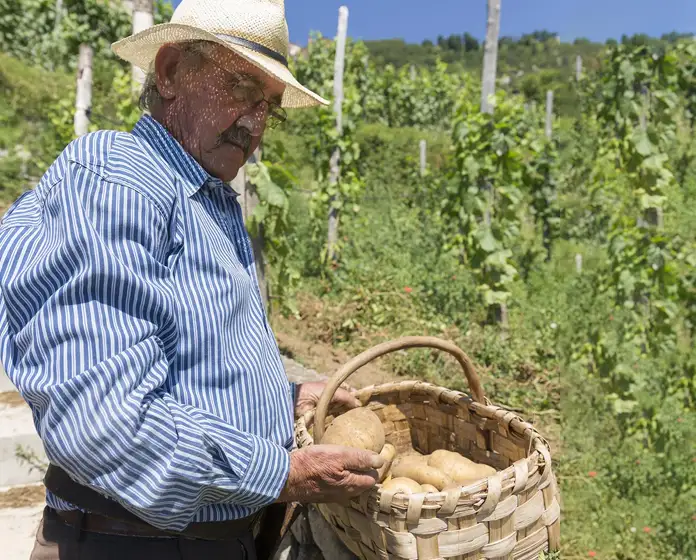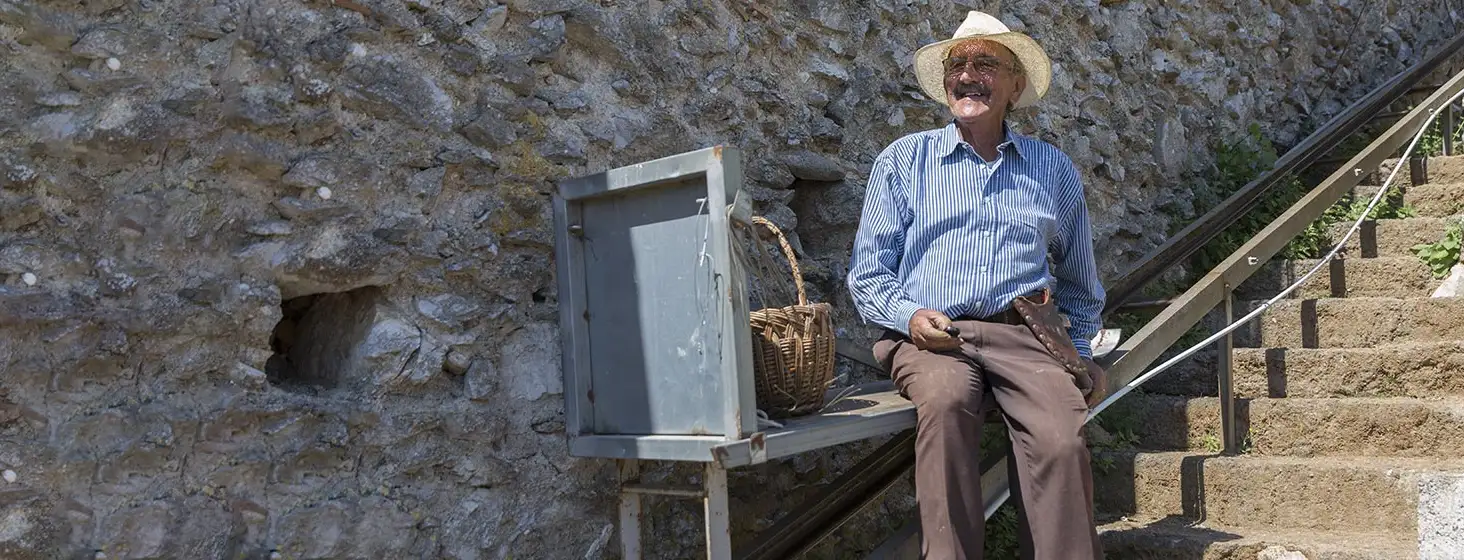discover
experiences
what to do
Hiking paths and difficulty level
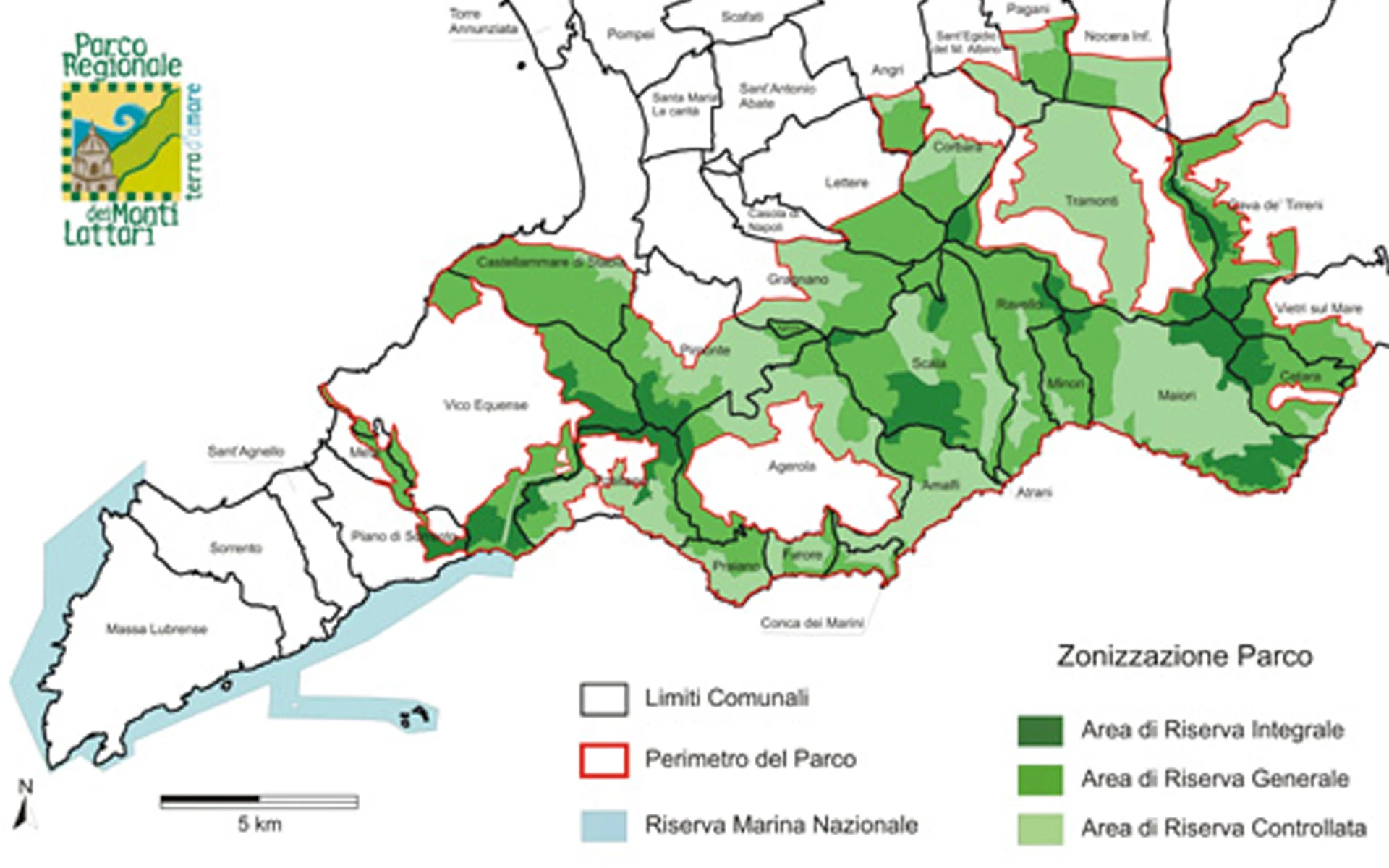
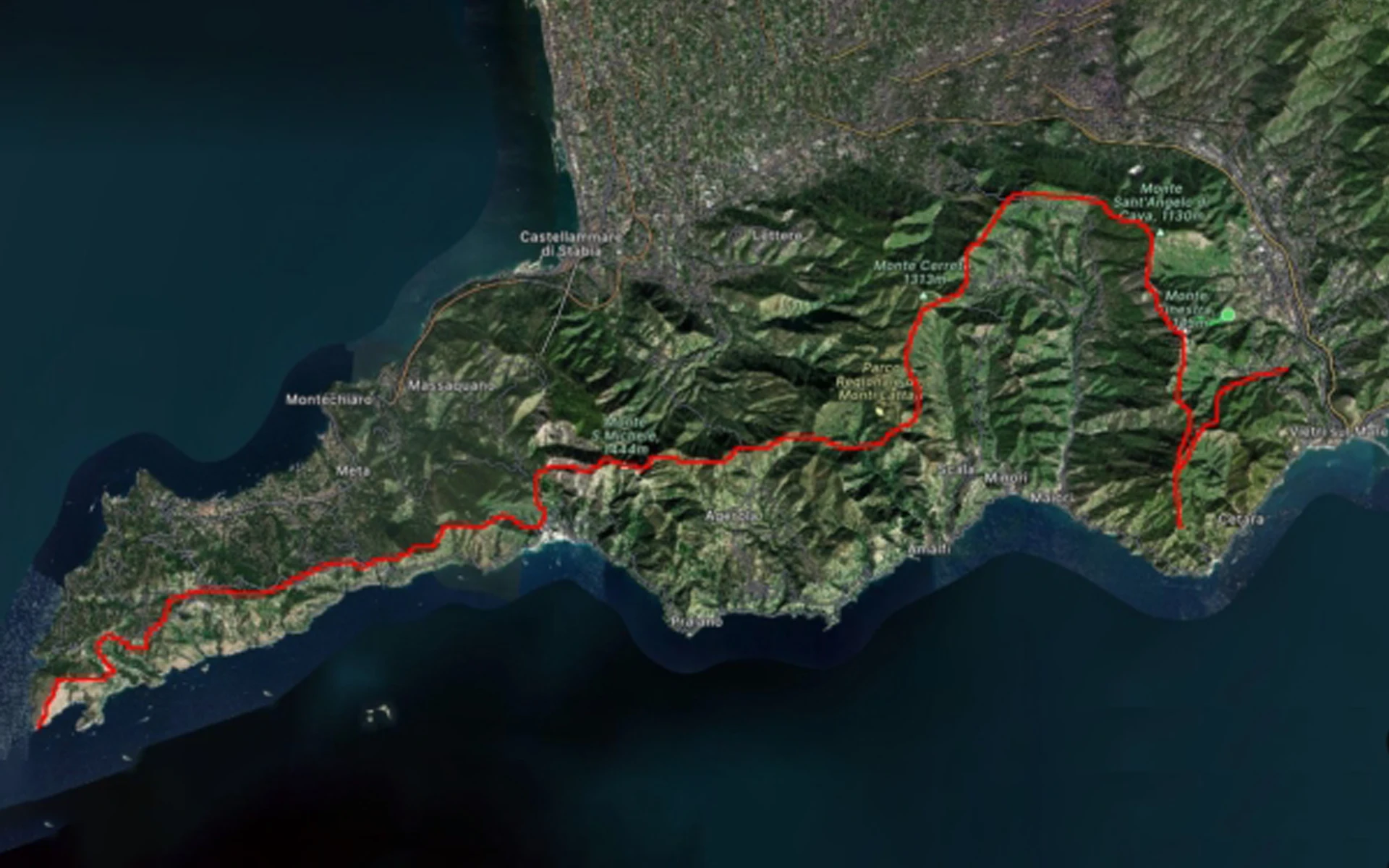
Only a very small number of walkers or climbers get into difficulty in the mountains, but you must be prepared and know what to do and who to call. If you are involved in an accident in the hills, the main thing is to remain calm, assess the situation and then decide what to do;
Everyone can be well prepared by ensuring to follow some basic advice:
Having the right kit is essential not only to keep you warm and dry but to keep you safe. The kit you buy, and use should reflect the type of activity that you intend to do and the conditions you may face.
The following list details the essentials for general hillwalking:
Clothing A layered system is always best as you can adjust for the temperature better. The base layer should wick away the moisture with an insulating mid-layer and a breathable waterproof jacket (with hood) and trousers. A hat and gloves should be packed also.
Avoid any materials that may absorb water e.g. cotton T-shirt or jeans. If possible, wear clothing, especially a waterproof jacket that is a bright colour, so that you can easily be found in the event of an emergency.
Don’t forget to pack according to the weather so a sun hat, sun glasses and sun screen along with midge repellent/net should be packed if appropriate. Take enough food for the whole of your journey.
Carry a water bottle. You will usually be able to top this up from mountain streams, but it’s best to check availability in advance so you don’t run short.
Navigation Always, always have a map and compass and know how to use it. Smartphones or GPS are excellent navigation aids but should not be relied on solely. Make sure you have the right map for the area you are walking in and check that your compass is working each time before you set off.
Backpack Only use a rucksack big enough for the items that you will need. You may have to keep the contents in a waterproof bag if the rucksack is not waterproof.
Safety equipment A whistle, head torch (with spare batteries or – better – a spare torch), survival bag, group shelter, first aid kit and mobile phone are essential. If you walk on your own, consider using a Personal Locator Beacon.
Other item Walking poles are very useful as they save energy and limit damage to the knees.
Are written forecasts preferable to those that use icons? In a text, the forecaster can describe the forecast indicating the different levels of uncertainty. Forecasts using icons alone are approximate and cannot communicate the level of uncertainty and/or variability of the forecast.
While the icons for full sun or a cloud with two rain drops indicate good and bad weather, respectively, the icon with a sun, cloud and raindrop together may indicate an uncertain forecast or good weather in the morning and bad weather in the afternoon or vice versa.
Routes in the mountains present very different difficulties, which is why hikes should always be planned in advance by gathering reliable information or consulting books and manuals.
The choice of the path to be followed should be commensurate with the hikers' abilities, i.e. the ability and training of the weaker members of the group (remember that these, including children, should always proceed upstream of the experienced companion in challenging sections, both uphill and downhill, and in a close position). It should not be forgotten that some critical passages can only be overcome safely with the appropriate use of rope belaying.
The difficulty scale used by the CAI, and widely used, takes into account certain important parameters such as: the length of the route, the height difference to be overcome, the type of terrain, the exposure, and the difficulty of orientation. However, it must be remembered that the seasons and weather conditions can radically change the difficulty of the same route.
The presence of snow, an unforeseen frost, night-time damp on a steep meadow, a sudden thunderstorm, drastically worsen the difficulties of an itinerary, especially if one does not have the preparation and adequate equipment to deal with situations that are difficult to foresee beforehand.
The walking times should be studied beforehand and checked during the trip, without forgetting that, in the mountains, time is precious. Even in fine weather, it is useful to set off early in the morning to be sure of returning or arriving at the destination before dark, sometimes having to make up for unexpected route variations or adverse weather conditions.
